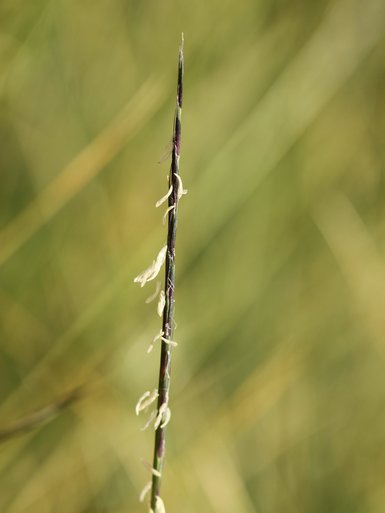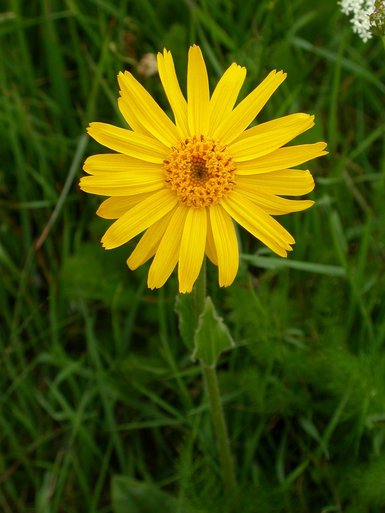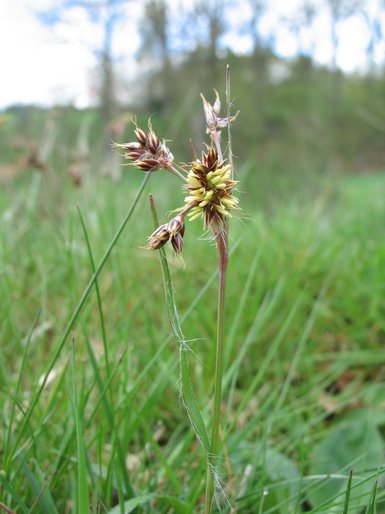Species-rich Nardus grasslands (Natura 2000 code - 6230)
Description
Species-rich Nardus grasslands are plant formations found on dry to moderately wet soils that are very poor in nutrients (very oligotrophic). They are mainly found on plateaux and slopes. Historically, these grasslands have an agro-pastoral origin and derive from ericaceous heaths (callunes, heather) that have been overgrazed. Today, these habitats are mainly maintained by heavy grazing and/or burning. More rarely, late mowing may also be practised. Their vegetation is mainly short and dotted with diversified flowering plants, accompanying a dominant carpet of grasses.
As part of the project
The aim of the LIFE ArdennEislek project is to restore 39 hectares of narda groves: 35 hectares in the Walloon Region and 4 hectares in the Grand Duchy of Luxembourg.
A few characterisitc species
The plant cover of the nardaie includes a background of graminoid species with mat grass (Nardus stricta), fine-leaved sheep’s fescue (Festuca filiformis), heath grass (Danthonia decumbens), field wood-rush (Luzula campestris) and heath wood-rush (Luzula multiflora), pill sedge (Carex pilulifera), and heath rush (Juncus squarrosus).
Flowering plants that are often small bloom on these lawns, with heath bedstraw (Galium saxatile), tormentil (Potentilla erecta), heath milkwort (Polygala serpyllifolia), heath dog-violet (Viola canina), bitter vetch (Lathyrus linifolius), common speedwell (Veronica officinalis), narrow-leaved hawkweed (Hieracium umbellatum), the lousewort (Pedicularis sylvatica), and sometimes even orchids such as the lesser butterfly-orchid (Platanthera bifolia).
In Haute-Ardenne, there is a mountain variant with emblematic and rare species such as Pyrenean bastard-toadflax (Thesium pyrenaicum), arnica (Arnica montana), and above all alpine fennel (Meum athamanticum).






